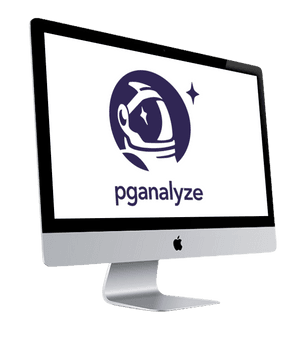
Webinar: pganalyze in action: The Latest Features for Tuning Postgres
Does your Postgres database feel like a black box when a performance issue hits? Are you prepared for the next high-traffic event? Join us for a deep dive into the latest pganalyze features that make it easy to tune slow queries, identify plan regressions, and keep your Postgres environment running at its best.
Lukas Fittl
Founder & CEO, pganalyze
Founder & CEO, pganalyze
In detail, we walk through
- Pinpoint slow and inefficient queries using auto_explain and pg_stat_statements to capture historical performance data, including cache hit ratios and whether queries are I/O-bound or CPU-bound.
- Safely experiment with query optimizations using the Query Tuning Workbooks (beta) feature to compare alternate EXPLAIN plans side by side.
- Improve indexing with Index Advisor suggestions to identify optimal indexes based on a constraint programming model applied to actual query workloads.
- Detect and resolve table bloat using the VACUUM Advisor to gain visibility into autovacuum effectiveness and freezing.
- Track PostgreSQL buffer cache changes over time, improving query performance and identifying cache issues.
- Leverage Amazon Aurora plan statistics to understand how query performance is affected by plan changes.
- Automate lock monitoring by regularly running a query to check for blocked sessions, which can lead to serious incidents on production databases.
- Work effectively as a team by monitoring key Postgres metrics to align on database health and ensure everyone, from developers to DBAs, has the visibility needed to prevent and fix issues.
Watch the Webinar Recording
Hundreds Of Companies Monitor Their Production PostgreSQL Databases With pganalyze






